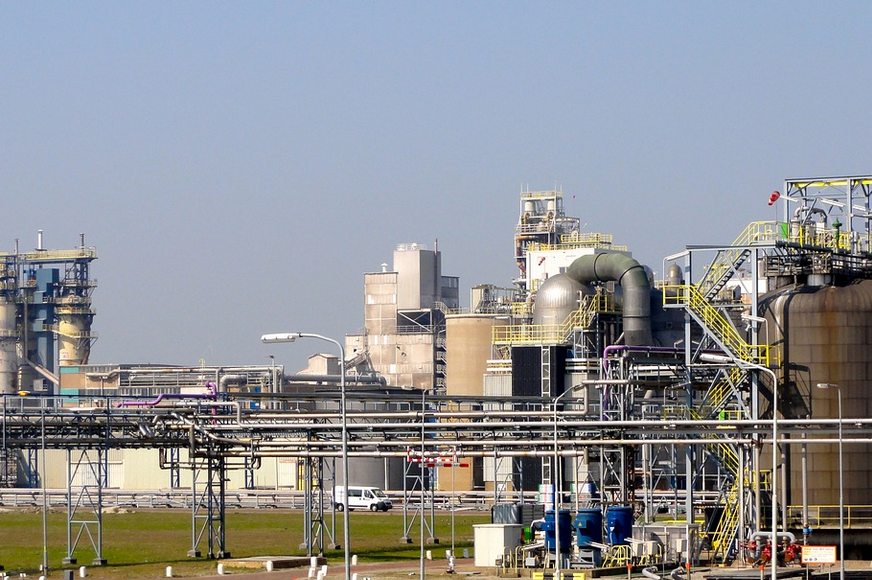Introduction
Have you ever wondered about the chemical formula for hydrogen sulfide gas? This gas is commonly found in natural gas and petroleum deposits, as well as in volcanic gases and hot springs. It is also known for its unpleasant odor, which resembles rotten eggs.
What is Hydrogen Sulfide Gas?
Hydrogen sulfide gas is a colorless gas that is poisonous at high concentrations. It is produced by the breakdown of organic matter, such as decaying plant and animal material. It can also be produced by industrial processes, such as petroleum refining and paper manufacturing.
Chemical Formula
The chemical formula for hydrogen sulfide gas is H2S. This means that each molecule of hydrogen sulfide gas is made up of one sulfur atom and two hydrogen atoms.
Physical Properties
Hydrogen sulfide gas is denser than air and has a boiling point of -60.4 degrees Celsius. It is highly flammable and can ignite at temperatures above 260 degrees Celsius. It is also soluble in water, which means that it can dissolve in water to form a weak acid.
Health Effects
Hydrogen sulfide gas is toxic to humans and animals. It can cause headaches, dizziness, nausea, and respiratory problems at low concentrations. At high concentrations, it can cause unconsciousness and death. It is important to take precautions when working with hydrogen sulfide gas, such as using proper ventilation and protective equipment.
Uses
Despite its toxicity, hydrogen sulfide gas has several industrial uses. It is used in the production of sulfuric acid, which is used in the manufacturing of fertilizers, detergents, and other chemicals. It is also used in the food industry as a preservative.
Detection
Hydrogen sulfide gas can be detected by its odor, which resembles rotten eggs. It can also be detected using special equipment, such as gas detectors and chemical tests.
Conclusion
In conclusion, the chemical formula for hydrogen sulfide gas is H2S. This toxic gas is produced by the breakdown of organic matter and has several industrial uses. It is important to take precautions when working with hydrogen sulfide gas to avoid health risks.

